 |
 |
| FIRE PROTECTION PLASTERING | |||||||||
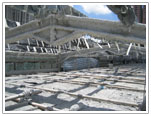 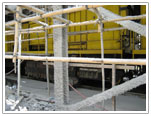 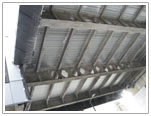 |
Structural Steel-Fire Protection The fire resistance and other properties of Pyrok make it an ideal material for the protection of structural steelwork. There are two basic methods of use. Its strong direct adhesion to steel means that Pyrok can be sprayed directly onto structural members, unprimed or primed to the company’s recommendations; alternatively the sections can be boxed with expanded metal lath and rendered with sand / cement before coating, Both methods eliminated the need for the normal of 50mm of reinforced concrete, and application time is cut from weeks to hours. Pyrok is not affected by adverse weather conditions once the initial set has taken place, so it can be used on steelwork before cladding of buildings. The thickness of Pyrok is determined by the duration of fire protection required (fire rating), the ratio of perimeter of section exposed to the cross-sectional area of the steel member (Hp / A) |
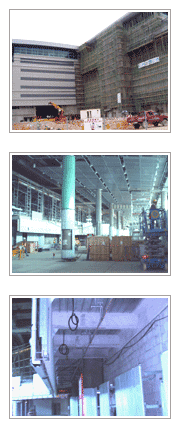 |
|||||||
| PYROK THICKNESS TABLE FOR STRUCTURAL STEELWORK | ||||||||||||||||||||||||||||||||||||||||||||||||||||||||||||||||||||||||||||||||||||||||||||||||||||||||||||||||||||||||||||
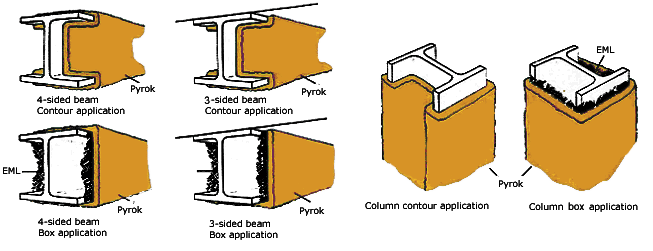 |
||||||||||||||||||||||||||||||||||||||||||||||||||||||||||||||||||||||||||||||||||||||||||||||||||||||||||||||||||||||||||||
|
||||||||||||||||||||||||||||||||||||||||||||||||||||||||||||||||||||||||||||||||||||||||||||||||||||||||||||||||||||||||||||
Minimum thickness is 10mm. |
||||||||||||||||||||||||||||||||||||||||||||||||||||||||||||||||||||||||||||||||||||||||||||||||||||||||||||||||||||||||||||
| CONCRETE STRUCTURES AND SOFFITS-FIRE PROTECTION | |||||||
Pyrok can be used to increase the fire protection properties of concrete structures such as multi-storey car parks, bride decks and soffits, particularly in tunnels. The company will supply information on the preparation of concrete surfaces to receive Pyrok. Pyrok has been specified by leading transport and transit authorities around the world for its suitability in the onerous conditions found in rail, metro, vehicular and subway tunnels and underpasses. |
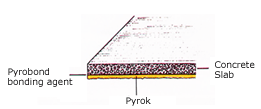 |
||||||
|
||||||||||||||||||||||||||||||||||||||||||||||||||||||||||||||||||||||||||||||||||||||||||||||||||||||||||||||||||||||||||||||||||||||||||||||||||||||||||||||||||||||||||||||||||||||||||||||||||||||||||||||||||||||||||||||||||||||||||||||||||||||||||||||||||||||||||||||||||||||||||||
 |
 |
|||||||||||||||||||||||||||||||||||||||||||||||||||||||||||||||||||||||||||||||||||||||||||||||||||||||||||||||||||||||||||||||||||||||||||||||||||||||||||||||||||||||||||||||||||||||||||||||||||||||||||||||||||||||||||||||||||||||||||||||||||||||||||||||||||||||||||||||||||||||||||
© Copyright 2010 (Pyrok) Axiom Engineering Limited, All Rights Reserved. |